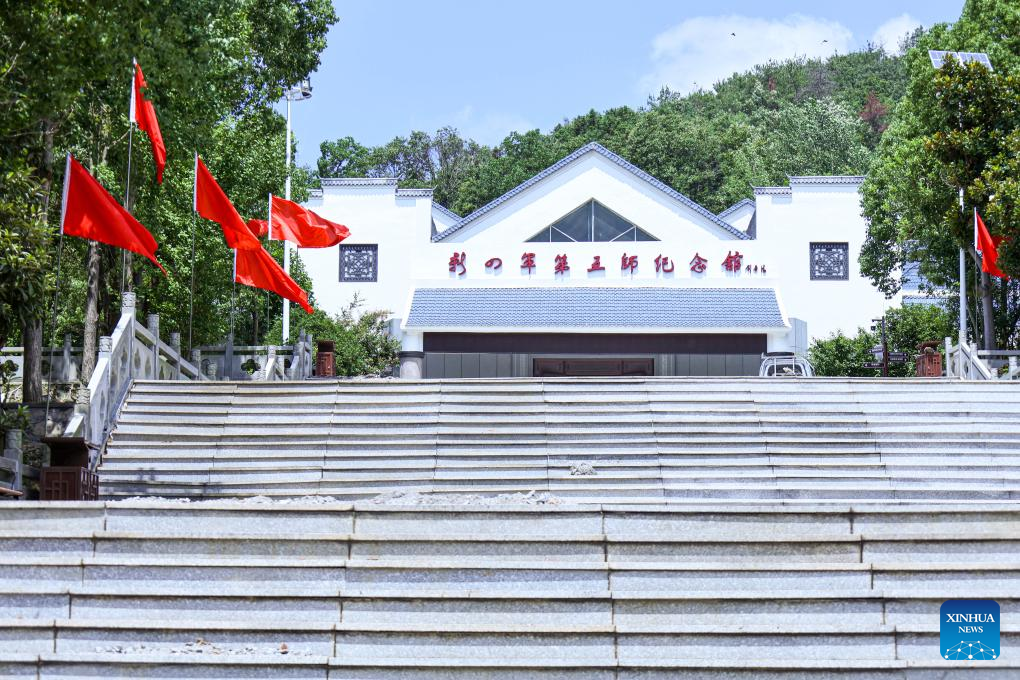American journalist's photos and writing rekindle China's wartime memories


Sheng was shy, Song recalled his mother saying. "He might feel nervous about being in the picture and lowered his head just as the shutter clicked."
Despite barely appearing in a photo, Sheng left a lasting impression on Smedley. Smedley's 1943 book "Battle Hymn of China," which documents her firsthand experiences during the early years of China's resistance war, includes an article titled "My Chinese Son," which highlights her brief yet touching bond with Sheng during the three-month visit to the base.
In the book, Smedley described Sheng, then 10 or 11 years old, as possessing "that curious wisdom of China's children." She wrote: "'When I grow up, I want to join the cavalry and fight the Japanese,' Kuo-hwa said to me more than once." When she prepared to leave Dawu, she offered to adopt him and take him abroad to be educated. However, Sheng declined. "All men must remain at the front," he said. "You can adopt me after the final victory."
That day never came for Sheng as he was later killed in battle -- one of many young lives lost in the rugged terrain in central China, where over 13,000 soldiers of the Fifth Division were either killed or wounded during the battles.
"Every time my mother looked at that photo, she cried," said Song. "Not just for Sheng, but for all the friends who never made it home."
Sheng's story, preserved through Smedley's writing and passed down by Wu, will soon reach a wider audience via the upcoming exhibition at the New Fourth Army's Fifth Division Memorial, located near the former headquarters of the division in Dawu.























